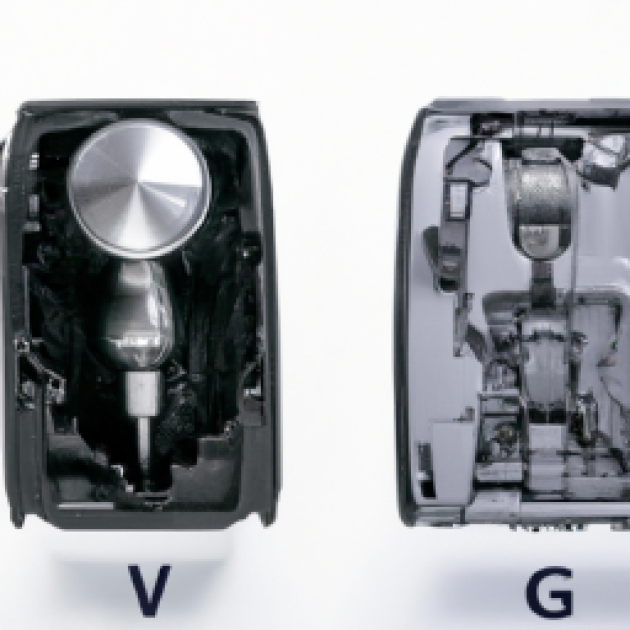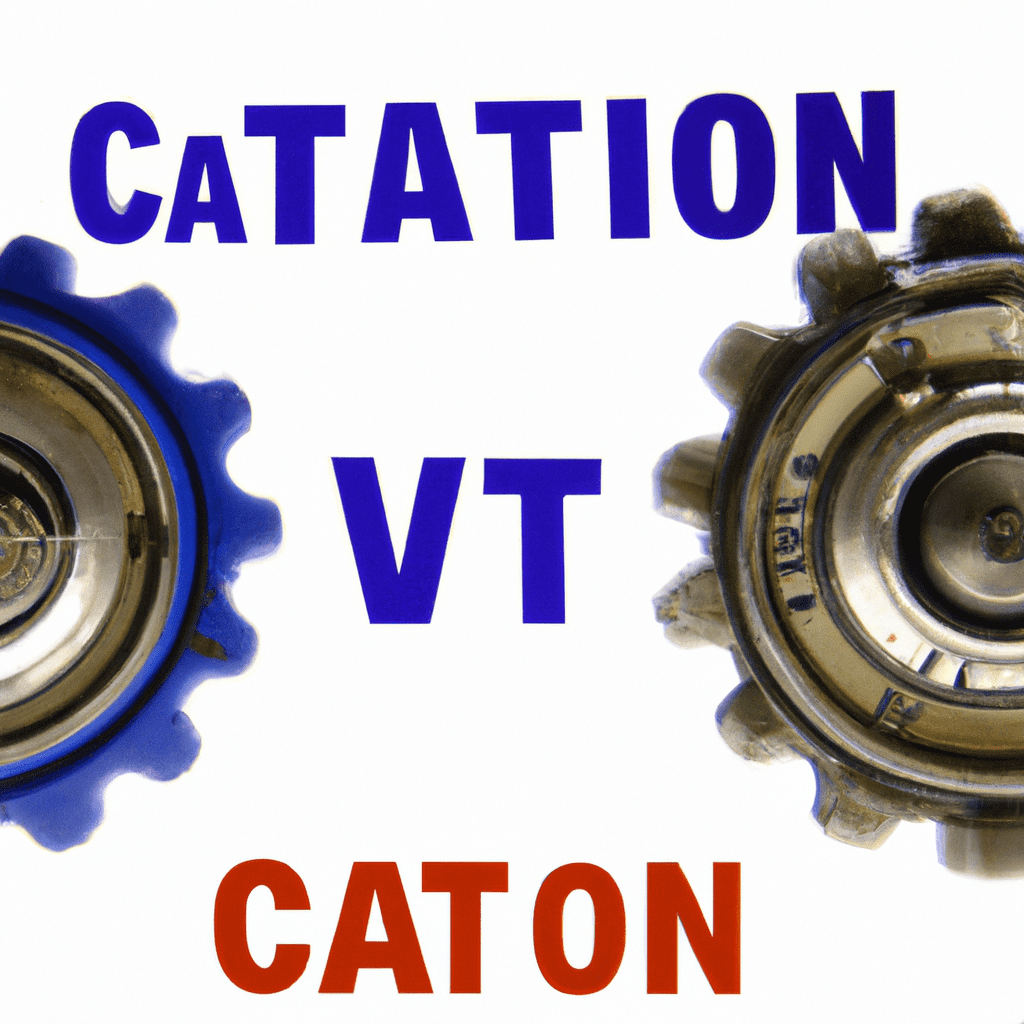Motorcarspecs.com delivers automobile industry news, and its unique content can entice viewers from all over the world. Every day, the Motorcarspecs.com team assists thousands of consumers in conducting vehicle research and comparing pricing on a wide range of automotive products and services. We’ve been pioneering innovative ways for prospective buyers to engage with automobiles and obtain timely and accurate information since January 2020. We created this platform for you, the viewers, to provide an honest evaluation on a relevant automobile, which we will completely review and post on our site.
CVT Transmission vs Automatic
Automatic transmission and continuously variable transmission (CVT) offer car drivers different driving options, but the two transmission types operate very differently from behind the wheel. Both have pros and cons, which drivers should consider before making a choice.
Automatic Transmission
Automatic transmissions use a set of gears to transfer power from the engine through the drivetrain to the wheels. Depending on the type of automatic transmission, there may be as few as two gears (for example, AWD) or up to nine or more. Automatic transmission are the most commonly installed type of transmission in vehicles today.
- Pros:
- Simple and reliable
- Smooth and powerful acceleration
- No manual shifting required
- Cons:
- Lower fuel economy than CVT
- Performance limitations due to gear limits
Continuously Variable Transmission (CVT)
Continuously Variable Transmission (CVT) consists of two pulleys with a belt or chain running between them. One pulley is connected to the engine and the other to the drive wheels and when the accelerator is pressed, the pulley connected to the drive wheels moves either closer to or further away from the engine. This allows for an infinite number of gear ratios and for smooth, efficient shifting.
- Pros:
- Better fuel economy than automatic
- Smooth and quiet operation
- No manual shifting required
- Cons:
- More expensive than Automatic transmission
- No gears increases wear on engine and drivetrain components
When deciding between CVT and automatic transmission, drivers should consider how they will use their vehicle and their driving style. Each has advantages and disadvantages, and the choice should be based on the individual driver’s needs.
What is the difference between a CVT transmission and an automatic transmission?
A CVT (Continuously Variable Transmission) is a type of automatic transmission that does not use fixed gears, instead relying on a belt and pulley system to continuously change the gear ratio. An automatic transmission uses a set of gears to change between different gear ratios based on the engine speed and vehicle speed. CVT transmissions allow for infinitely variable gear ratios that provide quick, seamless shifting and improved fuel economy, while automatic transmissions are limited to a fixed number of gear ratios.
What is a CVT transmission and how does it work?
A CVT, or continuously variable transmission, is an automobile transmission that can smoothly change its speed ratio. It works by using pulleys and a steel belt or chain to continuously adjust the drive/driven pulley ratio, which results in an infinite number of gear ratios. This allows a CVT to automatically and constantly select the best possible gear ratio, giving the engine a smoother power output and improved fuel efficiency.
What are the pros and cons of a CVT transmission?
Pros of CVT transmission:
-Increased fuel efficiency due to smooth and continuous shifting, resulting in fewer wasted power during shifts.
-Produces less noise than other transmission systems, resulting in a quieter and smoother ride.
-No need to shift gears, making it easier and more convenient to drive.
Cons of CVT transmission:
-Less control over the acceleration compared to manual and automatic transmission systems.
-CVT transmission components are more complex and may require specialized repairs, resulting in higher costs.
-There can be a slight “rubber-band” sensation when accelerating, which some drivers find unpleasant.
CVT transmission was first introduced in the automotive market in the 1990s as a dependable alternative to the traditional automatic transmission. While the automatic transmission has been an industry standard for decades, many modern vehicles are now equipped with CVT, or continuously variable transmission. While choosing between the two depends on individual preference and purpose of use, here are a few ways in which CVT transmission differs from the automatic transmission.
In an automatic transmission, the gear ratio is calculated via predetermined speeds, meaning the driver is limited to a certain number of gearshifts. On the other hand, CVT transmission offers a range of gear ratios which are constantly adjusted, allowing for smoother shifting between the various speed levels. This feature has made the CVT especially popular in vehicles which require frequent acceleration.
Another benefit of CVT transmission is its improved fuel efficiency, since the constantly shifting ratios enable the engine to maintain its optimal speed instead of ramping up and down. This also reduces the amount of noise generated, as the car does not need to accelerate as much as with an automatic transmission.
Finally, CVT transmission is easier to maintain, as it is more reliable and requires less frequent servicing. The lack of a clutch also means that shifts are smoother and more efficient, allowing the driver to pay more attention to the road instead of the gear shifts.
Overall, while each type of transmission has its own advantages, CVT transmission may be the preferred choice if the driver prioritizes fuel efficiency, reliability, and comfortable driving experience.
What is the difference between a CVT transmission and a standard automatic transmission?
A CVT (Continuously Variable Transmission) is a type of automatic transmission that operates without any fixed gears. Instead, it uses variable pulleys that can deliver an infinite amount of ratios in order to pick the right combination of speed and torque for different driving conditions. The result is a smooth, continuous transition between gears that allows the engine to maintain its power and acceleration even in challenging terrain or fast-changing road conditions. In comparison, a standard automatic transmission relies on a set of fixed gears that provide only a limited number of gear ratios, which can cause the engine to be underpowered or struggle with certain terrain.
What are the advantages of a CVT transmission over a standard automatic transmission?
1. Improved Fuel Efficiency: CVT transmissions help optimize fuel efficiency by operating at the most effective engine speed and avoiding the frequent automatic upshifts and downshifts. This can improve fuel efficiency by up to 10 percent compared to a standard automatic transmission.
2. Smoother Acceleration: There are no jerky shifts between gears when using a CVT transmission, which allows for a smoother, more efficient acceleration that can be especially helpful when driving in hilly areas.
3. Increased Torque: CVT transmissions are better able to transmit power from the engine to the wheels, resulting in increased torque and acceleration.
4. Cost Savings: CVT transmissions require less maintenance than standard automatic transmissions and can often withstand higher torque ratings. As a result, CVT equipped vehicles are cheaper to keep and maintain.
What are the disadvantages of a CVT transmission compared to a standard automatic transmission?
1. Reduced engine power: CVT transmissions limit engine power because the gear ratio cannot be adjusted, which reduces the amount of power that can be put to the road.
2. Increased complexity: CVT systems are made up of more complex parts compared to traditional automatic transmissions. This means that they can be more expensive to repair and maintain.
3. Acceleration lag: Due to their limited gear ratios, CVT transmissions cannot accelerate quickly. This can be particularly noticeable at higher speeds.
4. Unfamiliar feeling: The shifting behaviour of CVTs can feel odd to people accustomed to traditional automatic transmissions, and some drivers may not be able to “get used to” the feeling of acceleration lag.


